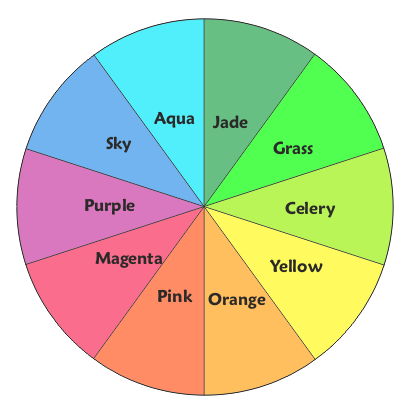
Reducing Visual Stress Symptoms
Can symptoms of Visual Stress be reduced?
Unfortunately, there is no cure for visual stress, but some simple measures have proven very effective for reducing the symptoms. The most common method is the placing of a specially treated coloured 'overlay' over the material you are reading. This small change is easy and inexpensive and can make a world of difference. We also offer a software version of this which can be easily downloaded to individual computers and computer networks.
Although a coloured ‘overlay’ can often be the key, not any colour will do. For each individual there is a specific hue (tint) and saturation (depth of colour) that will be most beneficial to each individual. In some cases, individuals requiring a deeper saturation can ‘double up’ two overlays to achieve the desired effect or adjust the transparency on our software.
How do you know which colour is best for you?

The screening process will identify which colour is most beneficial for each individual. It is important that a wide and specially designed selection of colours are tested so that each individual can find the colour that is most effective for them.
What are the benefits of finding your specific colour?
When a person has the right colour, a number of aspects can improve, including increased concentration time, comprehension, reading speed, and fluency. Scientists have not yet agreed on the reasons behind the beneficial effects of reading through colour; only that they do exist, and that is important to find the correct colour for each individual.
Does Visual Stress go away?
Generally, no; although there are cases reported where the contrary has been the case. Sensitivity does seem to change though, especially in a changed response to coloured filters. Somebody who has found a particular colour most beneficial may find that this preference changes and a different tint is more helpful in the future. Therefore colour screening should be repeated, especially if the individual finds that their chosen colour is no longer as beneficial.
Possible underlying optical difficulties
For any optical difficulties, it is important that an optometrist is also consulted to ensure that there are no underlying medical or ophthalmic conditions. Some optometrists prescribe coloured lenses, and have specialist equipment to test for colour preference. It is often found if coloured lenses are need the colour of the lenses differs to the colour of overlay needed. A list of specialist optometrists and Irlen centres can be found here.